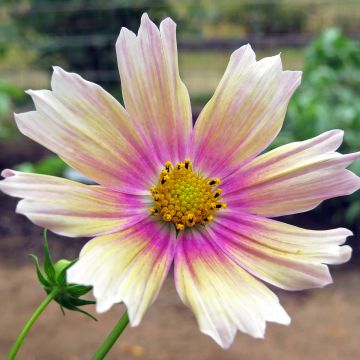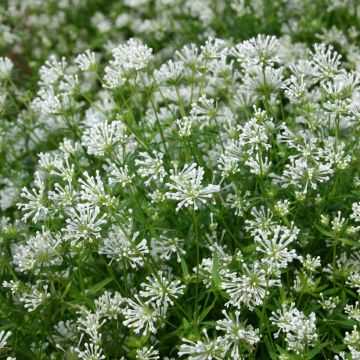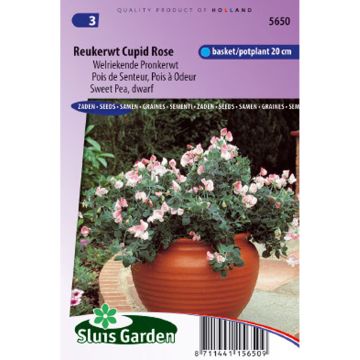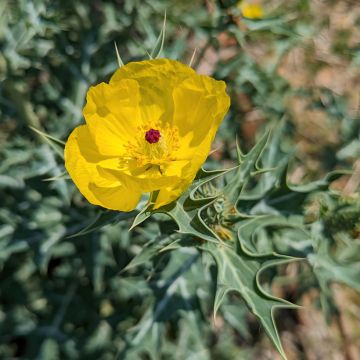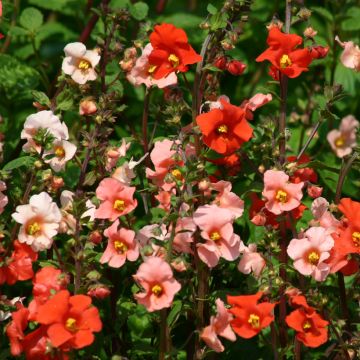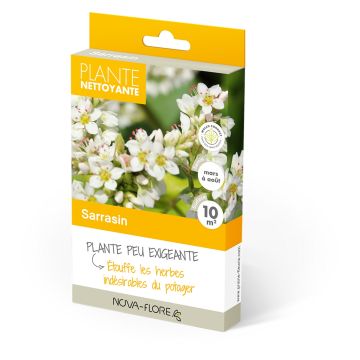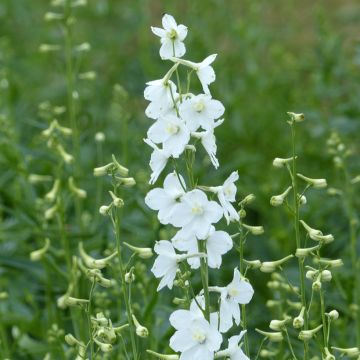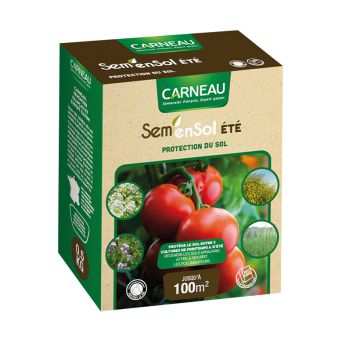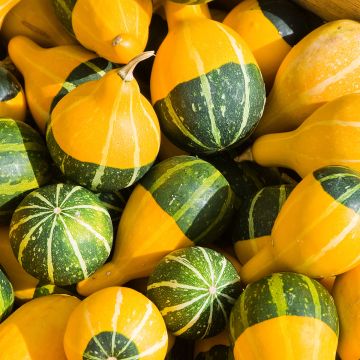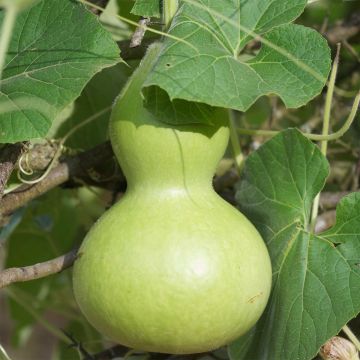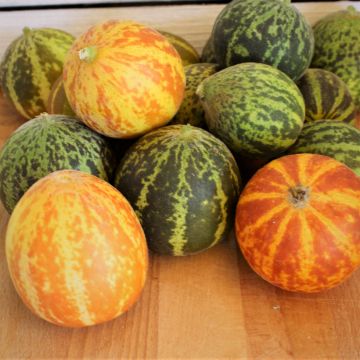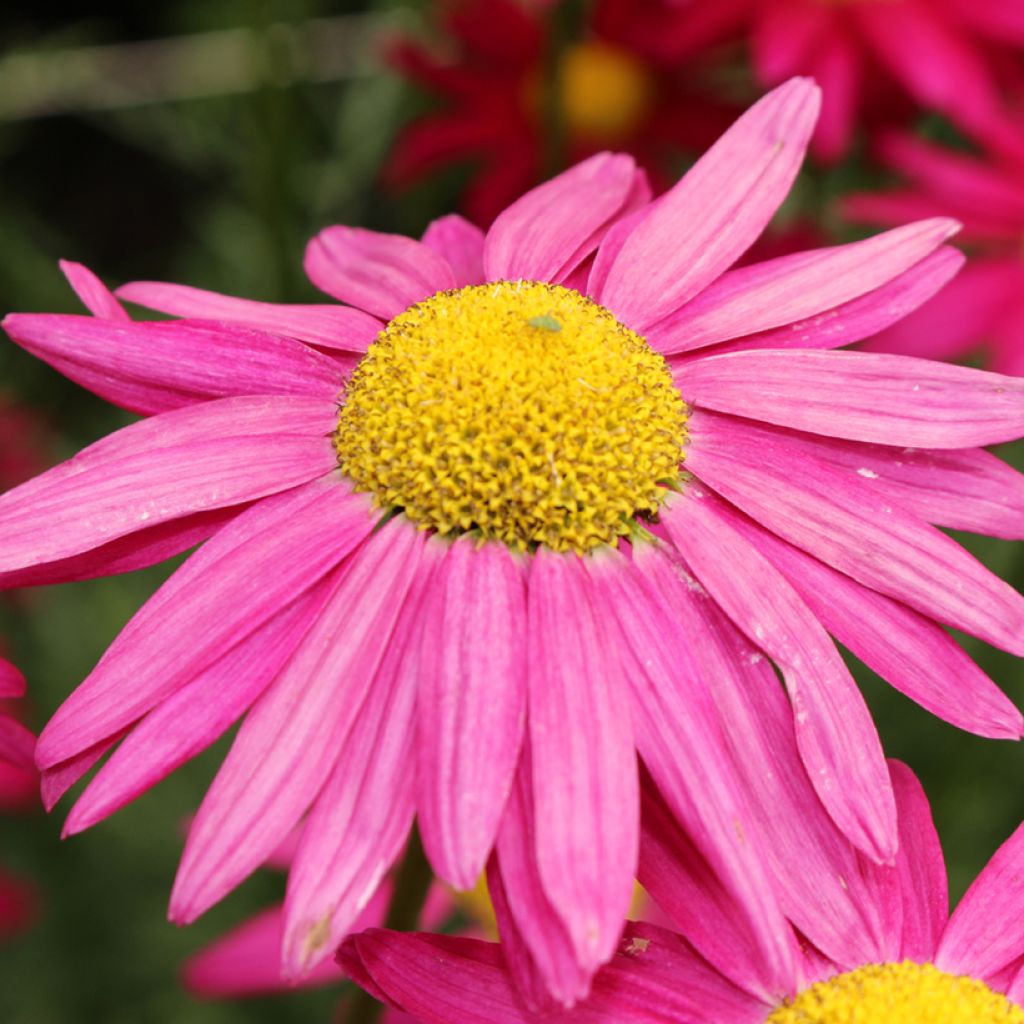

Chrysanthemum coccineum Robinson's Giants Mix
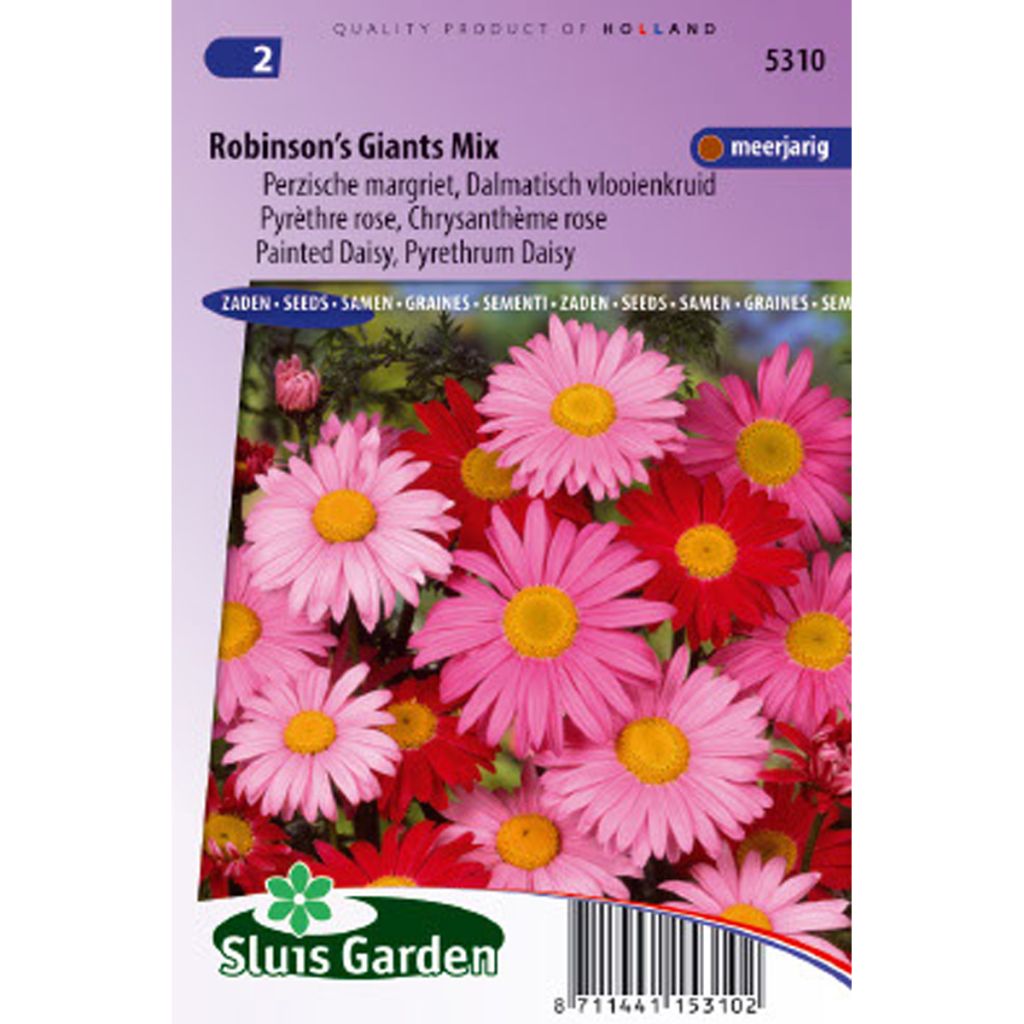

Chrysanthemum coccineum Robinson's Giants Mix
Chrysanthemum coccineum Robinson's Giants Mix
Chrysanthemum coccineum Robinson's Giants Mix
Painted Daisy, Pyrethrum, Persian Insect Flower
This item cannot be shipped to the selected country
Dispatch by letter from €3.90
More information
Schedule delivery date,
and select date in basket
This plant carries a 6 months recovery warranty
More information
We guarantee the quality of our plants for a full growing cycle, and will replace at our expense any plant that fails to recover under normal climatic and planting conditions.
Seed-only orders are dispatched by sealed envelope. The delivery charge for seed-only orders is €3.90.
Does this plant fit my garden?
Set up your Plantfit profile →
Description
The Tanacetum or Chrysanthemum coccineum Robinson's Giants, also known as pyrethrum or pink chrysanthemum, is a perennial with summer flowering, wonderful in bouquets. Its daisy-shaped flowers in red, pink or white contain a natural insecticide, pyrethrin, which gives them a camphor scent. The finely cut foliage resembles that of ferns or chervil, and is remarkably beautiful and healthy. Highly visited by butterflies, these plants will bring a lot of cheerfulness and rhythm to summer flower beds. They tolerate ordinary soil, require a sunny exposure, and tolerate drought better than humidity.
The pink pyrethrum Robinson's Giant is a herbaceous perennial plant from the aster family, originating from a wild plant native to the Caucasus called Tanacetum coccineum. It forms bushy and light clumps, 75 cm (30in) tall and 35 to 45 cm (14 to 18in) wide, adorned with fresh and vibrant green foliage, so fine and ornamental that it provides an ideal cradle to welcome its flowery bouquets. From June to August, sturdy stems rise, bearing solitary flower heads measuring 5 to 7 cm (2 to 3in) in diameter, with white, pink or red ligules around a central yellow disc. They emit a scent reminiscent of camphor and are very nectariferous.
Easy to grow in full sun to partial shade, Robinson's Giants pyrethrums add colour and attract butterflies to the garden. Plant them in large groups to harvest plenty of flowers for your bouquets and enliven both the vegetable garden and flower beds or rockeries, under the summer sun. These plants are hardy down to -12°C (10.4°F) and tolerate drought quite well.
The pink chrysanthemum is a close relative of Tanacetum cinerariifolium, famous for its insecticidal properties. Although T. coccineum contains less pyrethrin than T. cinerariifolium, its flowers can be transformed into an insecticide using the same process.
Report an error about the product description
Flowering
Foliage
Plant habit
Botanical data
Chrysanthemum
coccineum
Robinson's Giants Mix
Asteraceae
Painted Daisy, Pyrethrum, Persian Insect Flower
Central Europe
Other Flower seeds A to Z
Planting and care
Sow from late winter to late spring (February to May) or from late summer to autumn (August to October). Sow the seeds in pots indoors or sow directly in a well-prepared and loosened soil in late spring, once all danger of frost has passed. For best results, choose a very sunny location and a well-drained soil, not too rich. For indoor sowing, sow in pots or trays containing good compost. Barely cover the seeds with a pinch of compost and make sure the substrate remains moist but not waterlogged. Germination usually takes 30 to 60 days at 13°C (55.4°F). Transplant the seedlings into pots when they are large enough to handle. Plant them in their final location in late spring or early summer, after the last frost. Space them 30cm (12in) apart. Water regularly during the first two weeks for potted plants to establish. Increase watering during periods of drought or extreme heat. Additional fertilizer is generally not necessary. Removing faded flowers will extend the flowering period. Pruning the foliage after flowering will help rejuvenate the plant. It is advisable to divide clumps every two years, in spring or autumn, to maintain plant vigor.
Sowing period
Intended location
-
, onOrder confirmed
Reply from on Promesse de fleurs
Flower seeds
Haven't found what you were looking for?
Hardiness is the lowest winter temperature a plant can endure without suffering serious damage or even dying. However, hardiness is affected by location (a sheltered area, such as a patio), protection (winter cover) and soil type (hardiness is improved by well-drained soil).

Photo Sharing Terms & Conditions
In order to encourage gardeners to interact and share their experiences, Promesse de fleurs offers various media enabling content to be uploaded onto its Site - in particular via the ‘Photo sharing’ module.
The User agrees to refrain from:
- Posting any content that is illegal, prejudicial, insulting, racist, inciteful to hatred, revisionist, contrary to public decency, that infringes on privacy or on the privacy rights of third parties, in particular the publicity rights of persons and goods, intellectual property rights, or the right to privacy.
- Submitting content on behalf of a third party;
- Impersonate the identity of a third party and/or publish any personal information about a third party;
In general, the User undertakes to refrain from any unethical behaviour.
All Content (in particular text, comments, files, images, photos, videos, creative works, etc.), which may be subject to property or intellectual property rights, image or other private rights, shall remain the property of the User, subject to the limited rights granted by the terms of the licence granted by Promesse de fleurs as stated below. Users are at liberty to publish or not to publish such Content on the Site, notably via the ‘Photo Sharing’ facility, and accept that this Content shall be made public and freely accessible, notably on the Internet.
Users further acknowledge, undertake to have ,and guarantee that they hold all necessary rights and permissions to publish such material on the Site, in particular with regard to the legislation in force pertaining to any privacy, property, intellectual property, image, or contractual rights, or rights of any other nature. By publishing such Content on the Site, Users acknowledge accepting full liability as publishers of the Content within the meaning of the law, and grant Promesse de fleurs, free of charge, an inclusive, worldwide licence for the said Content for the entire duration of its publication, including all reproduction, representation, up/downloading, displaying, performing, transmission, and storage rights.
Users also grant permission for their name to be linked to the Content and accept that this link may not always be made available.
By engaging in posting material, Users consent to their Content becoming automatically accessible on the Internet, in particular on other sites and/or blogs and/or web pages of the Promesse de fleurs site, including in particular social pages and the Promesse de fleurs catalogue.
Users may secure the removal of entrusted content free of charge by issuing a simple request via our contact form.
The flowering period indicated on our website applies to countries and regions located in USDA zone 8 (France, the United Kingdom, Ireland, the Netherlands, etc.)
It will vary according to where you live:
- In zones 9 to 10 (Italy, Spain, Greece, etc.), flowering will occur about 2 to 4 weeks earlier.
- In zones 6 to 7 (Germany, Poland, Slovenia, and lower mountainous regions), flowering will be delayed by 2 to 3 weeks.
- In zone 5 (Central Europe, Scandinavia), blooming will be delayed by 3 to 5 weeks.
In temperate climates, pruning of spring-flowering shrubs (forsythia, spireas, etc.) should be done just after flowering.
Pruning of summer-flowering shrubs (Indian Lilac, Perovskia, etc.) can be done in winter or spring.
In cold regions as well as with frost-sensitive plants, avoid pruning too early when severe frosts may still occur.
The planting period indicated on our website applies to countries and regions located in USDA zone 8 (France, United Kingdom, Ireland, Netherlands).
It will vary according to where you live:
- In Mediterranean zones (Marseille, Madrid, Milan, etc.), autumn and winter are the best planting periods.
- In continental zones (Strasbourg, Munich, Vienna, etc.), delay planting by 2 to 3 weeks in spring and bring it forward by 2 to 4 weeks in autumn.
- In mountainous regions (the Alps, Pyrenees, Carpathians, etc.), it is best to plant in late spring (May-June) or late summer (August-September).
The harvesting period indicated on our website applies to countries and regions in USDA zone 8 (France, England, Ireland, the Netherlands).
In colder areas (Scandinavia, Poland, Austria...) fruit and vegetable harvests are likely to be delayed by 3-4 weeks.
In warmer areas (Italy, Spain, Greece, etc.), harvesting will probably take place earlier, depending on weather conditions.
The sowing periods indicated on our website apply to countries and regions within USDA Zone 8 (France, UK, Ireland, Netherlands).
In colder areas (Scandinavia, Poland, Austria...), delay any outdoor sowing by 3-4 weeks, or sow under glass.
In warmer climes (Italy, Spain, Greece, etc.), bring outdoor sowing forward by a few weeks.


































